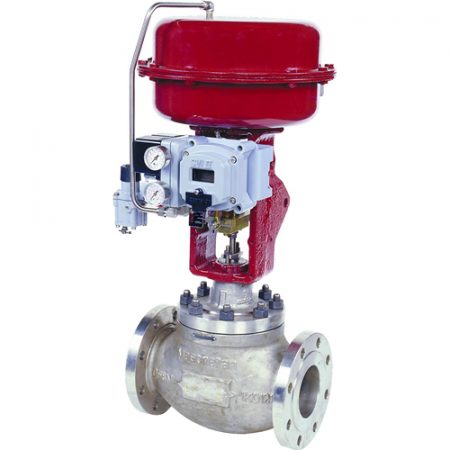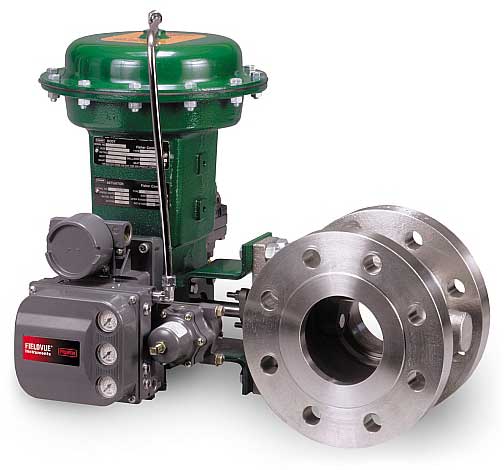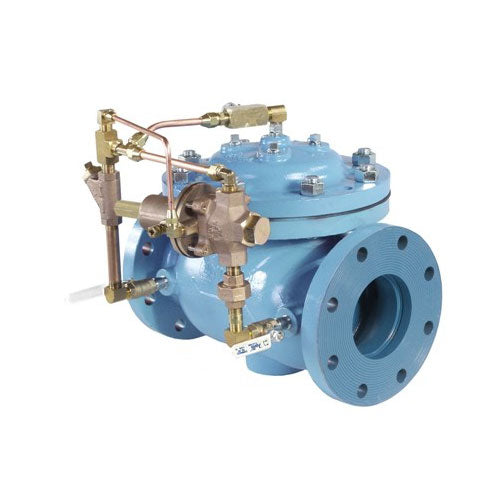
Maximize Power Savings and Comfort With Advanced Structure Automation Controls
In the world of contemporary style and facility monitoring, the integration of innovative structure automation controls stands as a crucial improvement. By utilizing the power of automation, buildings can adjust, react, and progress in ways that were once unimaginable.
Power Efficiency Perks
Energy effectiveness benefits can dramatically minimize power usage and operational costs in structures. Energy-efficient systems, such as innovative structure automation controls, can enhance the use of resources like air conditioning, lights, and home heating, leading to lower power expenditures over time.
Furthermore, enhanced energy effectiveness can lengthen the lifespan of building tools and systems. By running a lot more successfully, cooling and heating systems, lighting fixtures, and various other structure components experience less damage, leading to decreased maintenance and replacement expenses. In addition, energy-efficient structures commonly regulate higher home worths and rental prices, offering long-term financial benefits to proprietors.
Additionally, power effectiveness can enhance resident convenience and productivity. Effectively regulated interior environments with optimum lighting and thermal problems create an even more favorable and positive work area, bring about enhanced employee complete satisfaction and efficiency. Generally, the power performance benefits related to advanced building automation controls are complex, encompassing expense financial savings, ecological stewardship, and resident wellness.
Boosted Comfort Control
Enhancing convenience control in structure environments needs an innovative integration of innovative automation systems for optimal owner wellness. By using innovative structure automation controls, centers can tailor the indoor environment to satisfy the certain requirements and choices of occupants. These systems enable accurate guideline of temperature level, ventilation, and illumination, developing a comfortable and efficient environment. Passenger contentment and performance are closely linked to thermal convenience, making it vital to have systems in position that can adapt to transforming problems in real-time.
By integrating these innovative controls, structures can not only enhance comfort yet additionally enhance power efficiency by maximizing system operations based on real tenancy and use patterns. Ultimately, focusing on occupant comfort via sophisticated automation systems leads to a more delightful and healthier interior atmosphere.
Operational Effectiveness Improvements

Furthermore, the implementation of real-time surveillance and analytics devices allows building drivers to recognize energy ineffectiveness and operational anomalies immediately. By continuously checking energy usage patterns and system efficiency metrics, adjustments can be made in real-time to optimize energy intake and ensure peak operational performance. control valves. Additionally, including need reaction methods right into structure automation controls can further enhance operational effectiveness by dynamically readjusting energy usage based on grid conditions and prices signals
Indoor Environment Optimization
Reliable interior environment optimization is a Continued fundamental element of structure automation controls, ensuring residents' comfort and health while making best use of energy financial savings. By using innovative sensing units and controls, developing automation systems can continually adjust and check temperature, moisture levels, air high quality, and air flow to create an optimum indoor environment. Preserving comfy and consistent problems not just improves resident complete satisfaction but likewise enhances productivity and total health.
Interior climate optimization likewise plays a vital role in energy efficiency. By fine-tuning heating, cooling, and ventilation systems based upon real-time data and occupancy patterns, constructing automation controls can dramatically minimize energy intake - control valves. Applying approaches such as demand-controlled air flow and thermal zoning can help minimize power waste while making sure that each area of the structure gets the you could try these out necessary conditioning.

Lasting Atmosphere Development
Structure automation manages not just optimize indoor climate conditions for energy effectiveness and owner comfort however likewise lay the structure for creating a lasting atmosphere through critical management of sources and systems. By incorporating sophisticated structure automation technologies, such as sensors, actuators, and intelligent software application, facilities can keep an eye on and readjust energy use in real-time to decrease waste and reduce their carbon impact. These systems enable predictive maintenance, identifying possible problems before they rise and enhancing equipment efficiency to improve longevity and performance.
Additionally, sustainable environment production prolongs beyond power administration to include water conservation, waste decrease, and interior air high quality enhancement. Building automation controls can control water use, find leaks, and ensure correct waste disposal techniques, adding to overall sustainability initiatives. Additionally, by keeping track of and regulating air flow and filtration systems, these modern technologies improve occupant wellness and efficiency while lowering power consumption connected with a/c operations.
Final Thought
Finally, advanced building automation manages deal significant benefits in terms of power financial savings, comfort control, operational performance, interior climate optimization, and creating a sustainable atmosphere. By applying these controls, structures can achieve ideal performance while lowering energy consumption and enhancing passenger convenience. It appears that using innovative automation technology is critical in enhancing building efficiency and producing a much more lasting future.
Power efficiency benefits can considerably minimize power intake and functional expenses in structures. In general, the energy effectiveness benefits connected with innovative structure automation controls are complex, encompassing cost financial savings, ecological stewardship, and occupant wellness.
Additionally, integrating need action strategies into structure automation controls can even more improve functional efficiency by dynamically changing energy usage based on grid problems and pricing signals.
Building automation regulates not only optimize interior climate problems for energy efficiency and resident convenience however likewise lay the structure for producing a sustainable environment via calculated administration of sources and systems.In final see post thought, advanced structure automation regulates offer substantial benefits in terms of power cost savings, comfort control, operational efficiency, indoor environment optimization, and creating a sustainable setting.